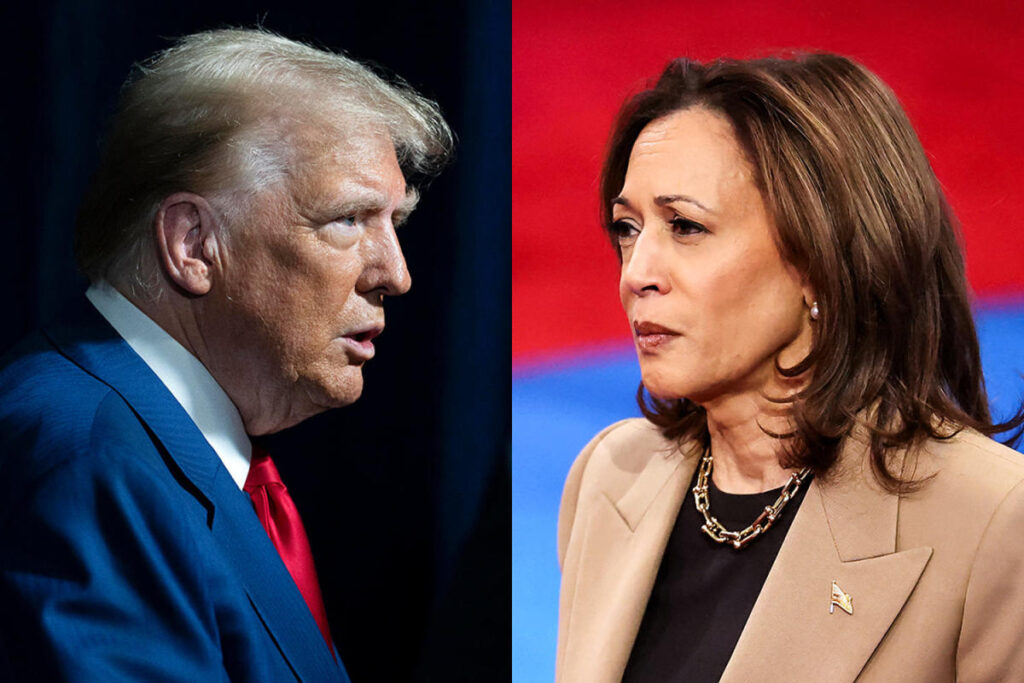In the latest edition of NBC News’ Politics Desk newsletter, national political correspondent Steve Kornacki examines the accuracy of polling leading up to the 2024 election, referencing the significant polling inaccuracies seen in the 2020 election cycle. At the same time in 2020, polls indicated a comfortable lead for Joe Biden over Donald Trump, with a national average of 7.9 percentage points. However, despite this, Biden’s final popular vote margin was only 4.5 points, and he narrowly won the Electoral College. This upcoming electoral race appears to be tightly contended, with Kamala Harris holding only a 2-point lead over Trump in current national polling averages and narrow margins across key battleground states. Kornacki emphasizes the crucial question of whether polling can accurately capture public sentiment and the implications for both candidates based on past polling failures.
The discussion of past polling inaccuracies leads to an exploration of why Trump’s support was underestimated in 2020. Kornacki notes that polling did not effectively gauge the preference of white voters without college degrees, particularly in states like Wisconsin and Michigan, which were pivotal in the final election outcome. Current polling data reflects a similarly tight race, with Trump holding a significant advantage among this demographic. However, it remains uncertain whether polling has improved its accuracy or if it continues to misrepresent voter sentiment in 2024, especially in areas where previous errors occurred. This uncertainty highlights the potential for either candidate to secure unexpected wins depending on the actual voter turnout and demographics.
From Harris’ perspective, there are hopes that current polling may be undervaluing her support among key Democratic demographics, such as Black, Hispanic, and younger voters. While initial polls indicate a concerning lower level of support from Hispanic voters compared to Biden’s performance in 2020, there are glimmers of hope that voter turnout dynamics could shift favorably for her campaign. Additionally, Harris is optimistic that she can replicate Biden’s success among Black voters, who often pivoted significantly toward him on Election Day. Given the historical context of surveys underrepresenting new or irregular voters, Harris’s campaign remains focused on enhancing voter outreach to these crucial groups.
In a pivotal interview with senior Washington correspondent Hallie Jackson, Vice President Kamala Harris expressed her concerns over the potential scenarios on Election Night, especially the prospect of Trump declaring victory prematurely. Harris emphasized being prepared for any attempts to undermine the election process, recalling the January 6 insurrection and Trump’s previous denial of election results. She noted that her team is focused on winning and addressing any post-election challenges as they unfold. This proactive communication reflects the heightened awareness and scrutiny surrounding the election’s integrity and Trump’s propensity for contentious political maneuvers.
Amid approaching Election Day, worries mount within Harris’s campaign regarding the stability of the critical “blue wall” states—Wisconsin, Michigan, and Pennsylvania—that have traditionally contributed to Democratic victories. With only a couple of weeks remaining until Election Day, there are discussions about the possibility of part of the blue wall falling to Trump. Losing any of these states could significantly complicate Harris’s path to victory, particularly if she doesn’t secure enough electoral votes elsewhere. While Democrats initially viewed North Carolina and Nevada as alternative battlegrounds, confidence has wavered, leaving campaign strategists vigilant about how these dynamics may evolve in the final stretch.
Overall, security concerns and strategic adjustments have become increasingly necessary in light of potential threats during the electoral process. Various alarming incidents require heightened safety measures for candidates and polling locations, as evident in the preparations for upcoming campaigning activities. Harris’s strategy includes outreach events in specific states aimed at swaying critical voters who may be disillusioned by past party alignments. As the campaign gears up for the election, the understanding of voter turnout patterns, demographic engagement, and the handling of unexpected election night developments will play vital roles in determining the outcome in what is shaping up to be a closely contested race.

